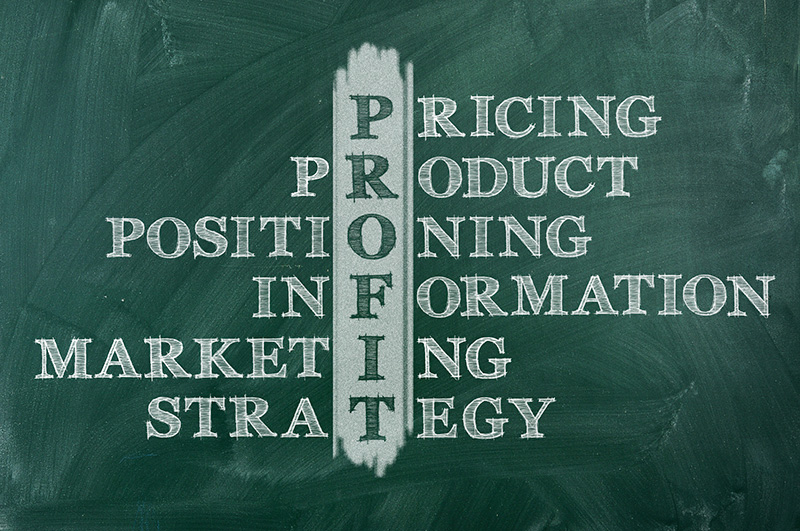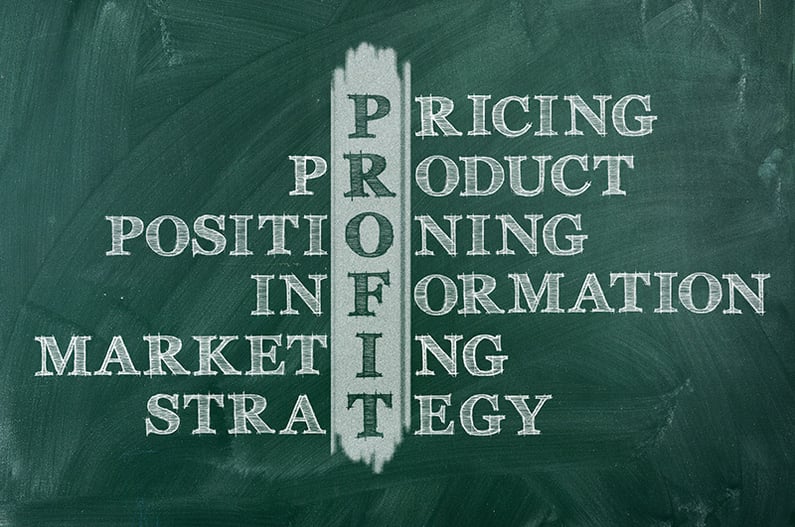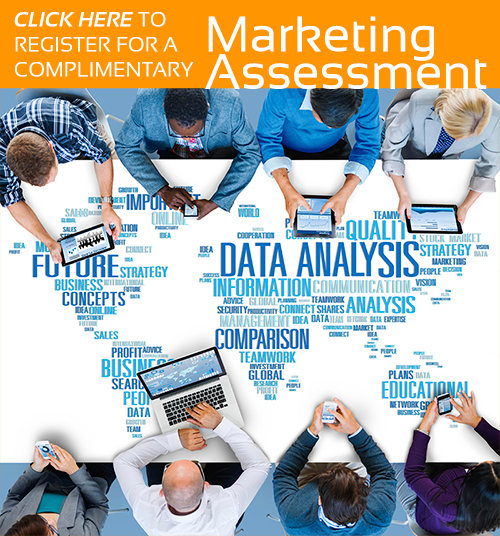3 min read
2 min read
Are you Charging the Right Amount for your Products or Services?
![]() Michael Sims
Sep 3, 2019 1:09:00 PM
Michael Sims
Sep 3, 2019 1:09:00 PM


The Answer Lies within your Profit and Margin
As an entrepreneur everyone feels his or her product, idea and many cases restaurant is going to make money. Believe it or not in most cases the product has promise, the idea is wonderful and even the food is good. The question is are you charging the right amount for your product or service? Understanding the difference and importance of profit and margin is the answer to that question. Of course profit (which is net income) is easy to figure out. I sold $200,000 in wedges minus all my cost, my net income is $50,000.
Many do not understand why margin is so important. Margin acts as a measurement of your business health. Measured in percentage, margin shows how much a business earns from every dollar of sales it makes. Divide your business net income by sales made. For example, your sale of wedges had a net income of $50,000 and generated $200,000 in sales. To determine your profit margin, divide the net income ($50,000) by the total sales revenue ($200,000) and you have a 25% profit margin
This percentage gives the entrepreneur a gauge to where their overall business needs to be. If sales are good but your cash flow seems slow, you need to ask yourself the important question. Where is your margin? Have sales become slow on a high turn item because you set the margin to high?
Once you began to understand this process you can learn to dial into impacting your business by selectively pushing items based on the turns (sales) you can maintain a healthy business margin. The soda industry does it all the time. When you purchase can sodas on sale in your local grocery only 2% to 5% margin is made on the product. When you stop at your local convenience store a twenty-ounce soda costs upwards to $1.59. The margin for that soda is around 35%. Keep in mind what you pay that for the same two-liter soda in the grocery store.
The pricing model that the convenience stores use for their beverages is vastly different from the model that the grocery store chains uses for the same products. The convenience store uses a high margin/low sales dollars model while the grocery stores use a fast sale dollar and low margin model.
It is critical that you look at various factors while deterring the best pricing model for your products or services.
- How many transactions do you fulfill each week?
- How does your competition price?
- How is your business impacted by the seasons?
- How is your business impacted by the weather?
Once you have a grasp on those fundamental elements, you will be able to make better decisions to drive growth for years to come! For more information on this topic and others that impact Entrepreneurs, signup for a marketing assessment.

Posts by Tag
- App Development (1)
- B2B (2)
- Build Your Own Website (2)
- Lead Generation (2)
- Local Marketing (3)
- Marketing (11)
- network security (1)
- Non Profit Organizations (1)
- sales (1)
- SEO (8)
- Social Media (1)
- Video Marketing (1)
- web design (9)
- web security (5)
- website maintenance (2)
- website monitoring (3)


